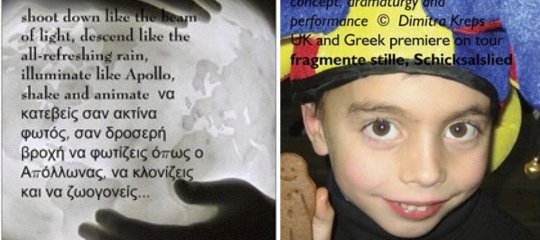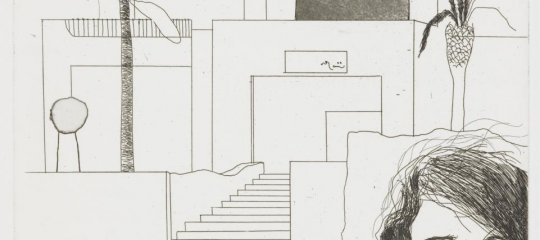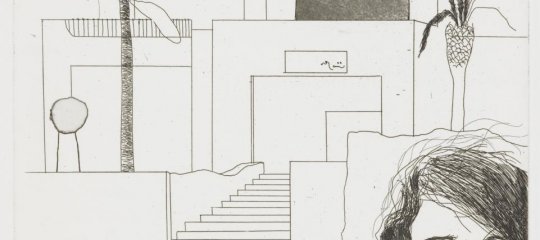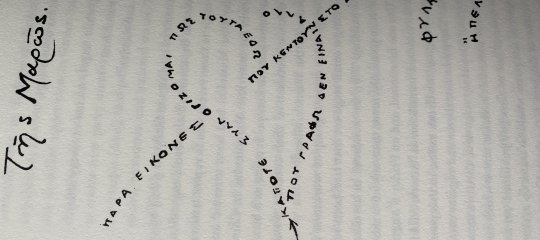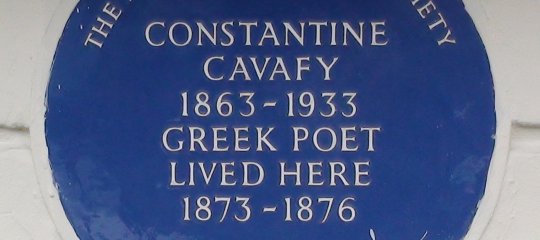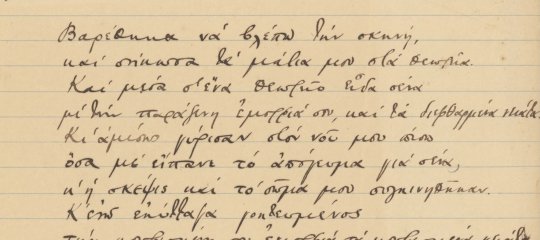Συμπληρωματικά στοιχεία για την σύνθεση και την λειτουργία του τμήματος Ελληνικών Σπουδών στο Πανεπιστήμιο Λατρόμπ της Μελβούρνης
Αγγελική Ταλιγκάρου
Συμπληρωματικά στοιχεία για τη σύνθεση και τη λειτουργία του Τμήματος Ελληνικών Σπουδών στο Πανεπιστήμιο Λατρόμπ της Μελβούρνης.
10-2-2003
Το Τμήμα λειτουργεί στα πλαίσια της Σχολής Ιστορικών και Ευρωπαικών Σπουδών, στον Τομέα των Ανθρωπιστικών και Κοινωνικών Επιστημών. Διδάσκονται η Αρχαία Ελληνική και η Νέα Ελληνική Γλώσσα, ο Ελλ. Πολιτισμός και Ιστορία ή η Ελληνική Ιστορία μέσα από μια σύγχρονη Ευρωπαική προοπτική. Όλα αυτά τα μαθήματα έχουν μια συνέχεια στα τρία έτη σπουδών και προσφέρονται τόσο στους φοιτητές του τμήματος Γλωσσών όσο και σε φοιτητές άλλων τμημάτων σαν μαθήματα επιλογής. Επίσης απευθύνονται τόσο σε φοιτητές Ελληνικής καταγωγής όσο και σε φοιτητές άλλης προέλευσης, οι οποίοι δεν είναι λίγοι, δεδομένου ότι για τα μαθήματα αρχαρίων δεν απαιτείται προηγούμενη γνώση της γλώσσας, τα δε μαθήματα ιστορίας και πολιτισμού διδάσκονται στην Αγγλική. Η διδασκαλία της Νέας Ελληνικής Γλώσσας έχει ένα πρακτικό προσανατολισμό και συνδέεται με τις επαγγελματικές επιδιώξεις των φοιτητών, αφού περιλαμβάνει ένα ευρύ φάσμα ενδιαφερόντων, όπως είναι το θέατρο, η τέχνη γενικά, η ιστορία, ο πολιτισμός, καθώς και η κοινωνιολογική μελέτη των Ελλήνων στην Ελλάδα και τη Διασπορά.
Στο Πανεπιστήμιο υπάρχει έντονο φιλελληνικό κλίμα, πολλά σημεία δε της πανεπιστημιούπολης φέρουν ελληνικά ονόματα. "Αγορά" ονομάζεται η κεντρική πλατεία, "περίβολοι" δε οι στεγασμένες στοές που οδηγούν σ'αυτήν. Εδώ πρέπει να σημειώσω ότι η Μελβούρνη είναι αδελφοποιημένη πόλη με τη Θεσσαλονίκη και ο Πρύτανης του Πανεπιστημίου, Κος Όσμπορν, πρόσφατα σε επίσκεψή του στην Ελλάδα τιμήθηκε τόσο από το Πανεπιστήμιο Αθηνών όσο και από το Πανεπιστήμιο και το Δήμο Θεσσαλονίκης.
Όσον αφορά το ΕΚΕΜΕ, όπου όπως ανέφερα σε προηγούμενο σημείωμά μου εργάζομαι τις μισές ημέρες της εβδομάδας, ανήκει κι αυτό στο Τμήμα Ελληνικών Σπουδών, αποτελεί δε το ερευνητικό σκέλος του Τμήματος. Στεγάζεται σε ένα πενέμορφο κτιριακό συγκρότημα μέσα σε ένα δάσος με ευκαλύπτους, πολύ κοντά στο Πανεπιστήμιο, και εδώ υπό τη διεύθυνση του Καθηγητού Κου Α. Τάμη εργάζεται ένα επιτελείο ακαδημαικών και όχι μόνο, στη συγκέντρωση, την αξιολόγηση, ταξινόμηση και την τεκμηρίωση αρχείων, τα οποία προέρχονται από τις πλούσιες σε ιστορία και δράση κοινότητες της Μελβούρνης και Αυστραλίας γενικότερα, Ν. Ζηλανδίας και πρόσφατα και της Λατινικής Αμερικής. Παράλληλα βρίσκονται σε εξέλιξη και άλλες έρευνες και εργασίες με ειδικότερο ενδιαφέρον, όπως είναι το Μακεδονικό, η Κύπρος κλπ. Επίσης προκηρύσσονται διαγωνισμοί σε ετήσια βάση, που απευθύνονται στους μαθητές Ελληνικών σε όλη την Πολιτεία, διοργανώνονται εκθέσεις και σε συνεργασία με το Τμήμα οργανώνονται εκδηλώσεις σχετικές με την Ελληνική ιστορία και πολιτισμό. Με πολλές ευχές από το Νότιο Ημισφαίριο σας χαιρετώ Αγγελική Ταλιγκάρου
- Εισέλθετε στο σύστημα για να υποβάλετε σχόλια

